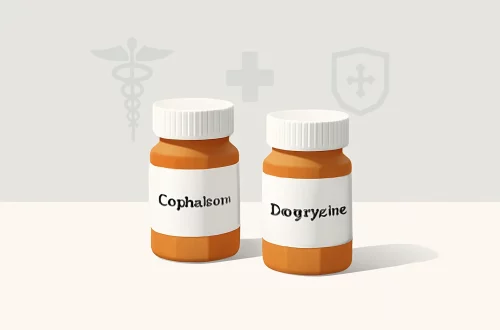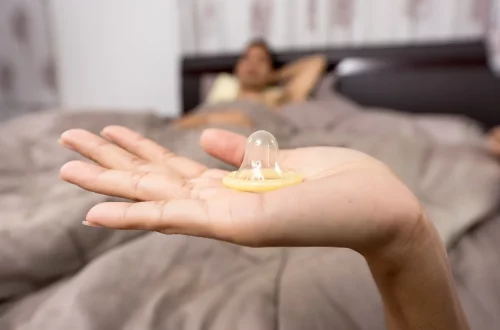
How Long Can a Dog Survive Without Water? Essential Facts to Know
Dogs are renowned for their loyalty and companionship, making them beloved members of many households. However, just like any other living being, they have specific needs to thrive. Among these, access to clean water stands out as one of the most critical. While humans can often manage short periods without water, dogs are particularly vulnerable to dehydration. Understanding the implications of water deprivation is essential for any dog owner or enthusiast.
When dogs do not receive enough water, they can quickly enter a state of dehydration, which can have severe consequences for their health. The amount of time a dog can survive without water is considerably less than one might expect, and various factors can influence this duration. Age, size, breed, and overall health can all play a role in how long a dog can go without water. This makes it imperative for pet owners to be aware of the signs of dehydration and the urgent need for hydration in different situations.
Dehydration can arise from various circumstances, whether it’s due to an unusually hot day, strenuous exercise, illness, or simply not having access to water. Recognizing these factors and understanding the critical role of hydration can help ensure that dogs remain healthy and happy.
Understanding Canine Hydration Needs
Hydration is vital for all animals, but for dogs, it is especially crucial due to their unique physiology. Dogs are composed of roughly 60-70% water, which plays an integral role in various bodily functions. Water is necessary for maintaining temperature regulation, joint lubrication, nutrient transport, and waste elimination. When dogs do not receive adequate water intake, they can quickly become dehydrated, leading to numerous health complications.
The hydration needs of dogs can vary significantly based on several factors. For instance, a dog’s size and breed can influence how much water it requires daily. Larger breeds typically need more water than smaller ones. Additionally, active dogs or those living in warmer climates may need increased water intake to compensate for water lost through panting and sweating.
A general rule of thumb is that dogs should drink about one ounce of water per pound of body weight each day. For example, a 50-pound dog would need approximately 50 ounces of water daily. However, this can vary based on individual circumstances, including diet—dogs eating dry kibble may need more water than those consuming wet food.
It’s also essential to consider the signs of dehydration in dogs. Early symptoms may include dry gums, lethargy, and decreased skin elasticity. If dehydration progresses, more serious symptoms can arise, such as rapid heart rate, sunken eyes, and even collapse. Knowing how to identify these signs can empower dog owners to take immediate action, ensuring their pets receive the necessary hydration before more severe health issues develop.
The Impact of Dehydration on Health
Dehydration can have significant and potentially life-threatening impacts on a dog’s health. When a dog becomes dehydrated, the body begins to conserve water, leading to a decline in bodily functions. As dehydration progresses, it can result in various health problems, including kidney failure, urinary tract infections, and even shock.
One of the primary organs affected by dehydration is the kidneys. These organs play a crucial role in filtering waste from the blood and maintaining fluid balance. When a dog is dehydrated, the kidneys struggle to perform these functions, leading to a buildup of toxins in the body. This can result in serious health complications if not addressed promptly.
In addition to kidney issues, dehydration can also affect a dog’s circulatory system. When there is insufficient water in the body, blood volume decreases, making it harder for the heart to pump blood effectively. This can lead to increased heart rate and potential cardiovascular problems.
Moreover, dehydration can impair a dog’s ability to regulate its body temperature. Dogs do not sweat like humans; instead, they rely on panting to cool down. If a dog is dehydrated, its ability to cool itself diminishes, putting it at risk of overheating, especially during hot weather or after vigorous exercise.
It’s crucial for dog owners to understand the serious implications of dehydration. Regularly monitoring a dog’s water intake and being attentive to changes in behavior or health can make a significant difference in preventing dehydration-related complications.
How Long Can a Dog Go Without Water?
The duration a dog can survive without water can vary widely, but generally, it is estimated that dogs can only go about 3 to 5 days without water under normal conditions. However, this timeframe can be significantly shorter based on various factors, such as environmental conditions and the dog’s health status.
In extreme heat or after intense physical activity, a dog may only last a day or two without water. Conversely, in cooler environments, a dog may be able to tolerate a slightly longer period without hydration. However, it’s important to note that just because a dog may survive without water for a few days does not mean it is healthy or safe to do so.
The consequences of inadequate hydration can set in quickly. Within just a few hours of not drinking, a dog may start showing early signs of dehydration. Therefore, it is critical for dog owners to ensure their pets have access to fresh water at all times, especially in warmer months or during periods of increased activity.
If a dog is unable to drink water for any reason, whether due to illness, injury, or lack of access, it is vital to seek veterinary assistance immediately. Even if a dog appears to be fine, prolonged dehydration can lead to permanent damage and can be life-threatening.
In summary, while some dogs may survive a few days without water, the safest approach is to always provide them with plenty of fresh, clean water.
Preventive Measures to Ensure Proper Hydration
Preventing dehydration in dogs is far easier than treating it once it has occurred. There are several proactive steps that pet owners can take to ensure their dogs remain well-hydrated and healthy.
First and foremost, providing constant access to fresh water is crucial. Dogs should have their water bowls filled at all times, and the water should be changed regularly to ensure it is clean and appealing. Using a heavy water bowl can help prevent spills and keep the water accessible.
In addition to providing water at home, it’s important to take water along when traveling or during outdoor activities. Portable water bowls or collapsible containers can make it easy to offer hydration on the go.
Monitoring a dog’s water intake can also be beneficial. If a dog suddenly starts drinking significantly less or more water than usual, it may be a sign of an underlying health issue that warrants a veterinary check-up.
During hot weather, it’s vital to keep dogs cool and hydrated. Providing shade and avoiding strenuous exercise during peak heat hours can help reduce the risk of dehydration. Always have water available during walks, hikes, or play sessions.
Lastly, educating oneself about the specific hydration needs of different breeds and individual dogs is essential. Some breeds may have unique needs based on their physical characteristics or activity levels. Understanding these nuances can help pet owners provide better care for their furry friends.
In conclusion, ensuring proper hydration is a fundamental aspect of canine care. By taking proactive measures and staying vigilant, dog owners can help prevent dehydration and promote the overall health and well-being of their pets.
**Disclaimer:** This article is for informational purposes only and does not constitute medical advice. For any health-related concerns about your pet, please consult a qualified veterinarian.




